Set on a hill in modern-day Tunis, a large archaeological site was one of the most powerful of all ancient cities. Carthage was a Phoenician metropolis and one of the most important trading centers of its day. The city suffered much destruction and plunders but rose like a phoenix from the ashes and eventually became the capital of the Roman province in Africa.
The first settlers were the Phoenicians from the city of Tyre in the 9th century B.C. They named it Qart-ḥadašt, meaning new city in the Phoenician language. As the story goes, it was Elissa, better known as Dido, who led the colonists. She was Queen of Tyre, modern day Lebanon, but shared the throne with her brother Pygmalion. The two rulers often confronted each other, which culminated in the execution of her husband, the priest Acherbas, ordered by her brother.
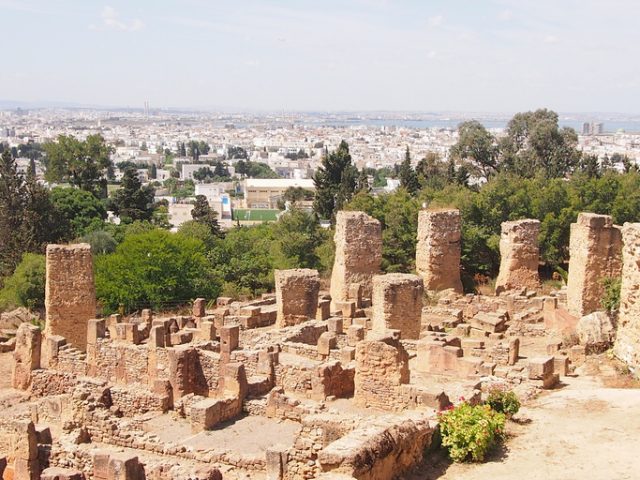
After that, the queen, followed by a small group of people, left her hometown, sailing to the west. Once they arrived on the site, the king of the region named Iarbas allowed them to establish their settlement. However, after a while, the king demanded to marry her. In order to escape the undesired marriage and to prevent a war, Elissa committed suicide.
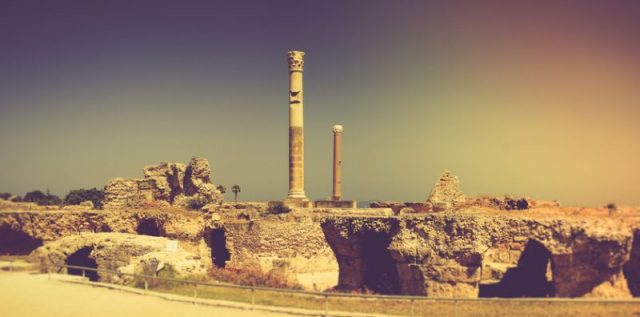
It’s important to mention that the story comes from Greek and Roman writings, so it is unclear whether it really happened or is it another one of their myths. Also, whether the Phoenicians believed in it or not is still uncertain. Karchedon was the ancient Greek name of the city, while the Romans called it Carthago.
With time, the small town on the coast developed into the center of Phoenician trade. It constantly expanded and eventually became the wealthiest city in the Mediterranean. The nobility built magnificent palaces, while the ones who were not wealthy enough to live in such residences had more modest houses. The city had an enormous harbor decorated with columns and Greek sculptures.
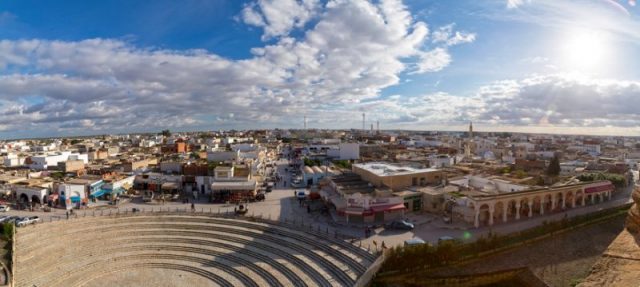
However, the expansion of the city-state didn’t only bring wealth and power to Carthage, but also new enemies. When Carthaginians took control over Sicily, the Romans were not pleased and decided to attack them. That led to the first Punic War, which lasted from 264 to 241 B.C. Carthage was defeated and had little time to recover. It was followed by the Second Punic War, which only worsened the situation of Carthage. By the time it finished, the Roman Senator Cato the Elder began to conclude all of his speeches with the demand, “Carthage must be destroyed.” With the beginning of the Third Punic War in 149 B.C, this task would be accomplished.
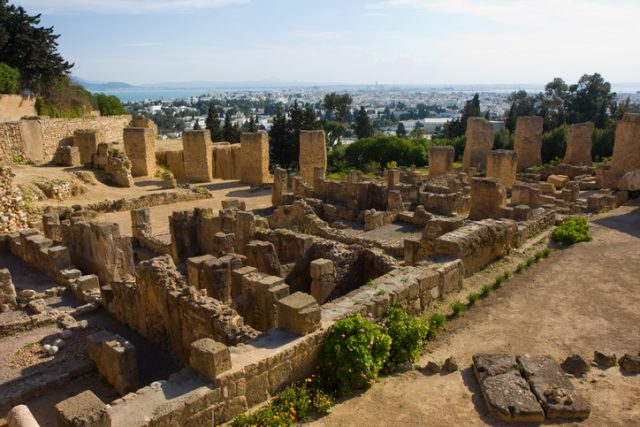
For three years, the city was plundered until finally the Romans completely burned it and swore never to rebuilt it. That, however, turned out not to be true. In 122, Gaius Sempronius Gracchus and Marcus Fulvius Flaccus attempted to re-establish the city, but the colonization project was unsuccessful. It was Julius Caesar who restored the city’s glory. For his colony, Caesar chose the name Colonia Junonia.
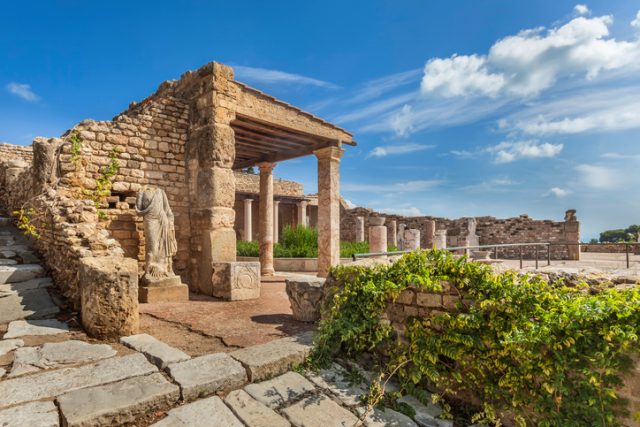
However, he didn’t live long enough to oversee the project. So, in 44 B.C., right after his death, the reconstruction of Carthage had begun, this time as a powerful Roman city. Emperor Augustus turned the city into a capital of the Roman province in Africa in 29 B.C. It developed into one of the largest and most powerful cities in the Empire. The Roman Emperors loved Carthage and constantly worked to expand and improve it.
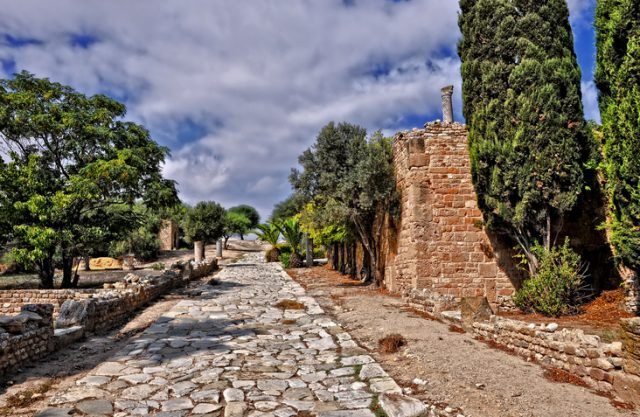
Among the remains of the Roman city are the enormous Antonine baths, believed to be the largest public baths in the Roman Empire, the amphitheater with room for up to 30,000 people, the Roman forum, the great harbor, the theater built after the Colosseum in Rome by Emperor Hadrian, Roman temples, and sculptures. The excavated artifacts are on display at the Carthage Museum.
Related story from us: Via Egnatia – The ancient Roman road that connected Rome with Constantinople
By the end of the 2nd century, Carthage had become a Christian city that even had its own bishop, and in 533 it was made the capital of the Byzantine Exarchate of Africa. Unfortunately, the city was later destroyed during the Islamic conquest. Today, the ancient ruins of the city that once ruled the Mediterranean are listed as a UNESCO World Heritage site.
